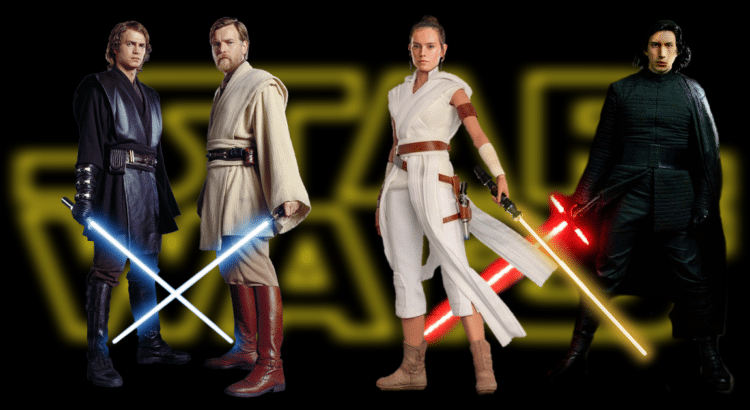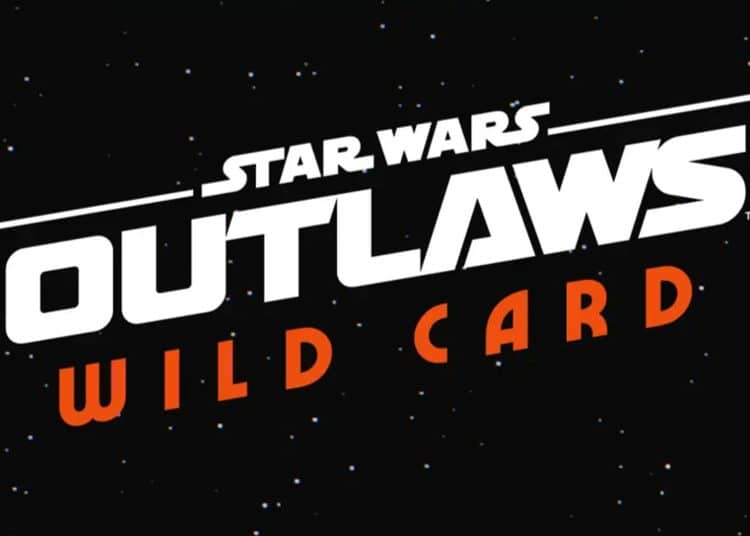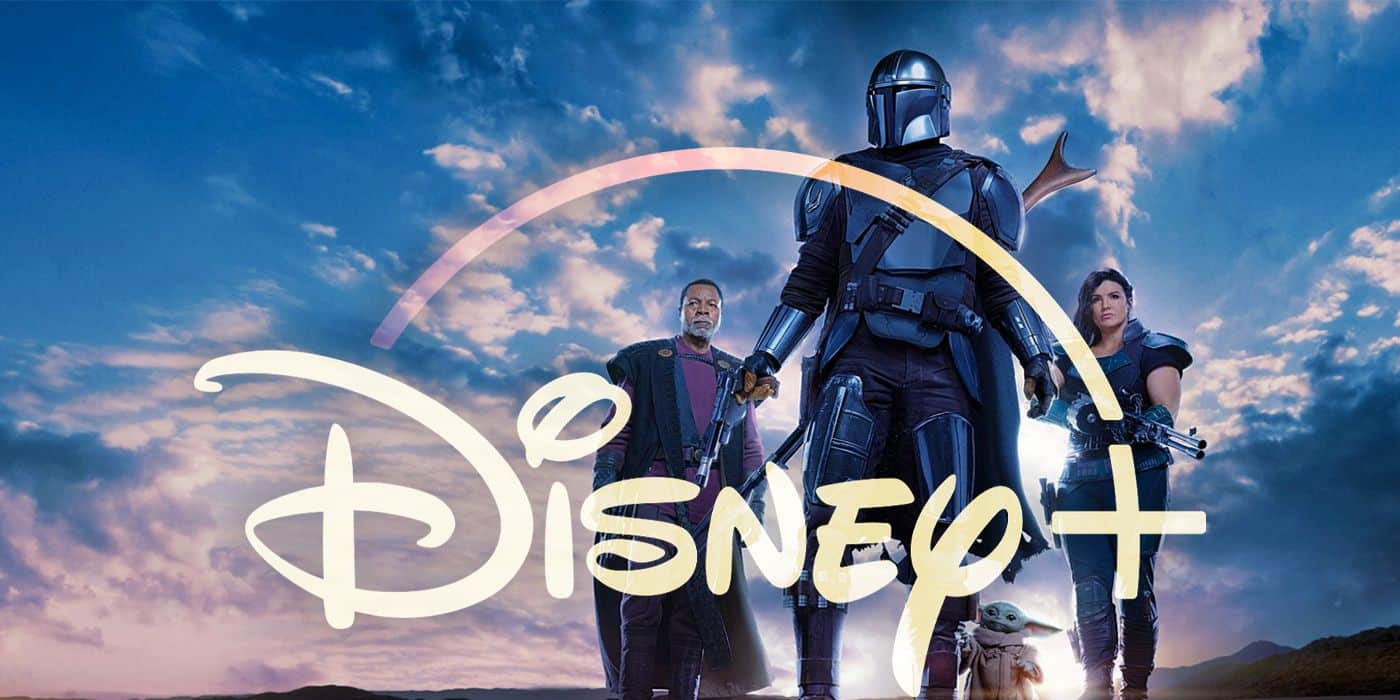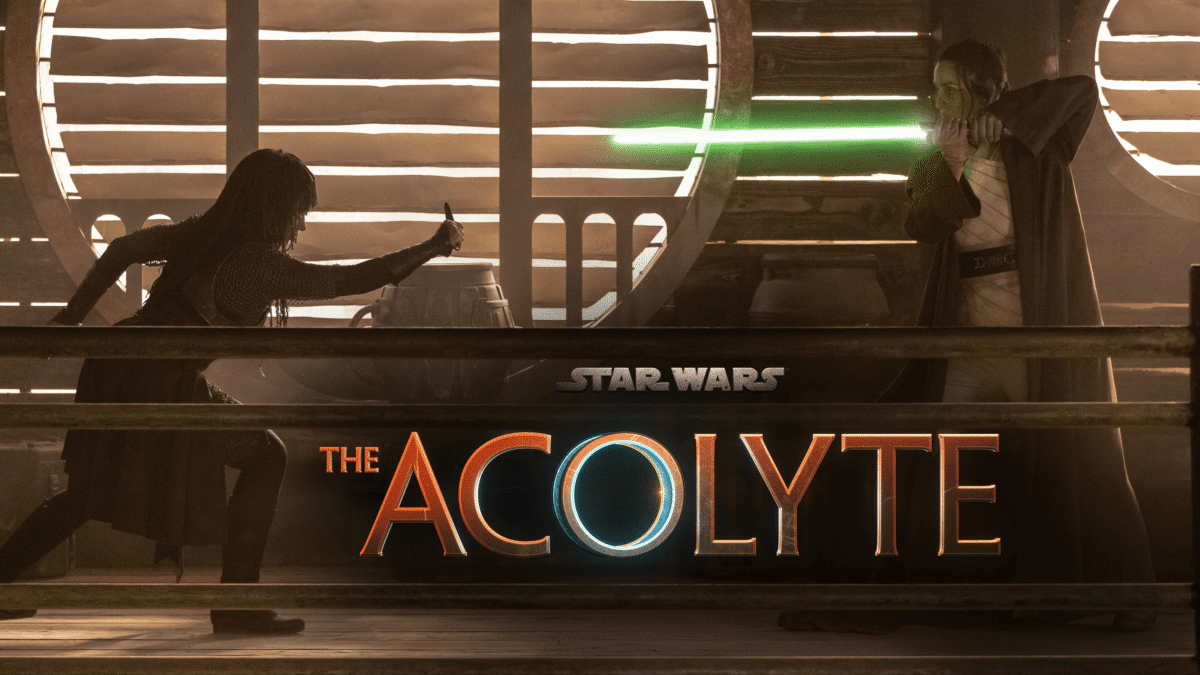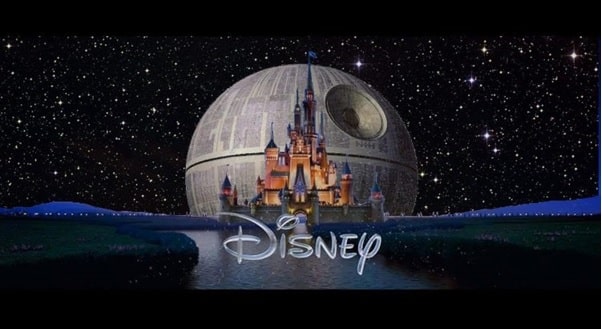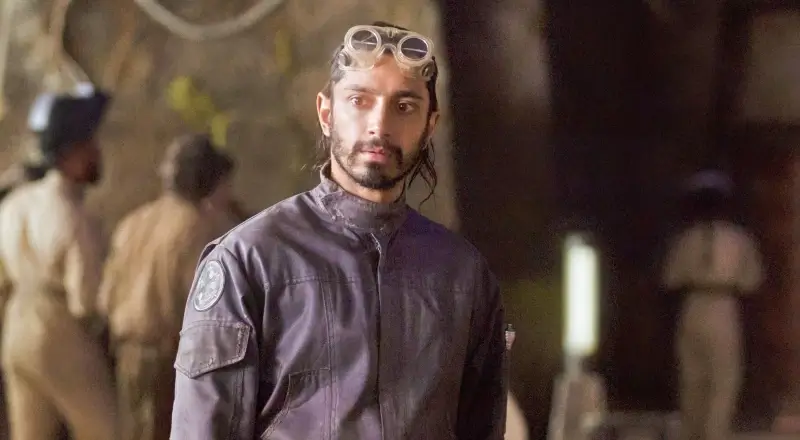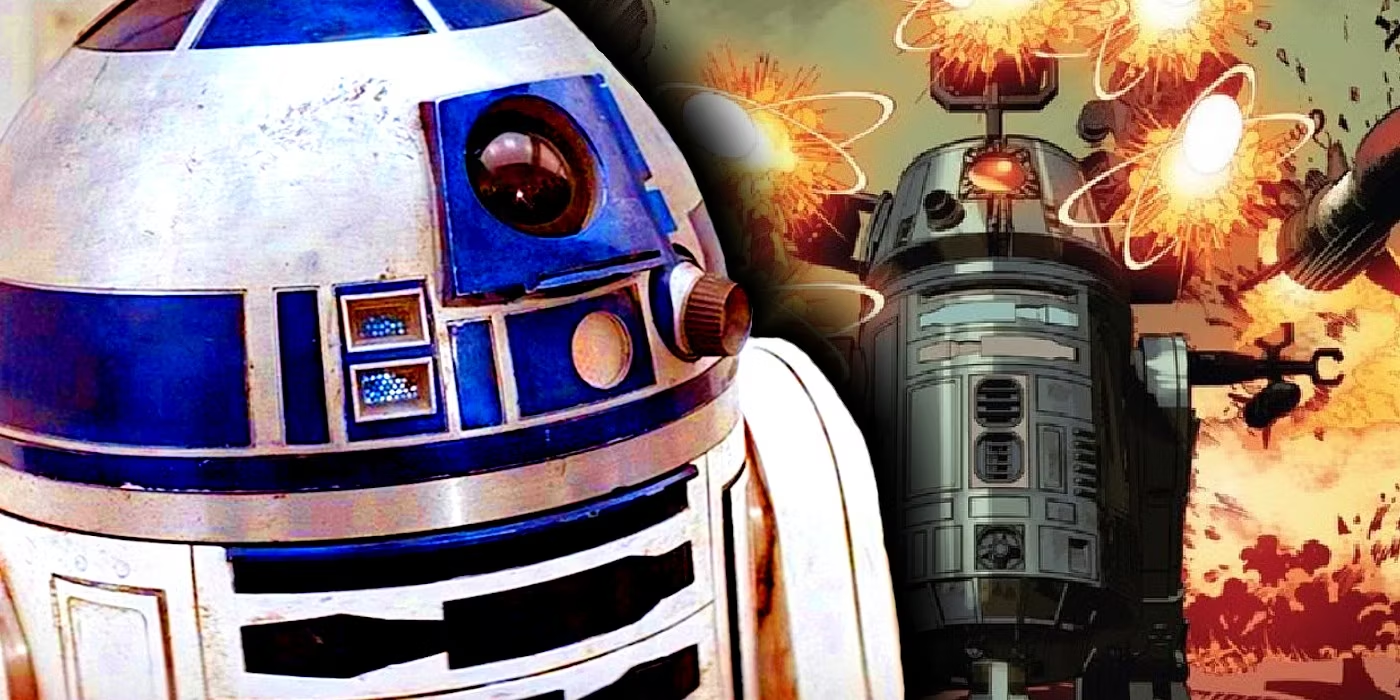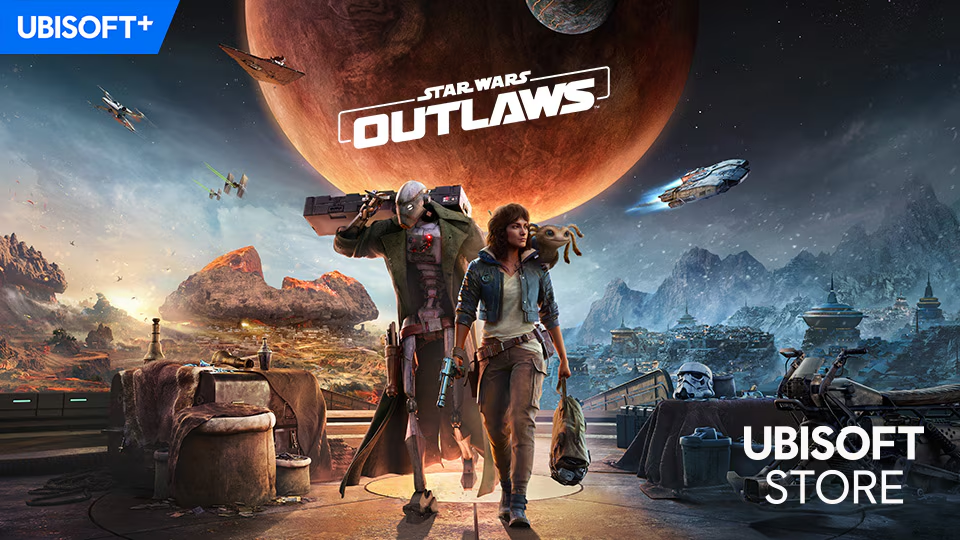Since Disney took over the Star Wars franchise in 2012, debates have raged across the galaxy—okay, maybe just across the internet—about how the Disney films compare to George Lucas’s Original and Prequel Trilogies. Are the Disney movies a loving homage, a rehash of old ideas, or something entirely new? How do the Sequel Trilogy (Episodes VII-IX) and Disney’s standalone films stack up against the world-building, character development, and narrative structure that Lucas so meticulously crafted? Whether you’re a Jedi Master of Star Wars lore or a casual fan trying to figure out why everyone’s so upset about Canto Bight, this essay will dive into the key differences and similarities between Disney’s Star Wars era and Lucas’s original vision.
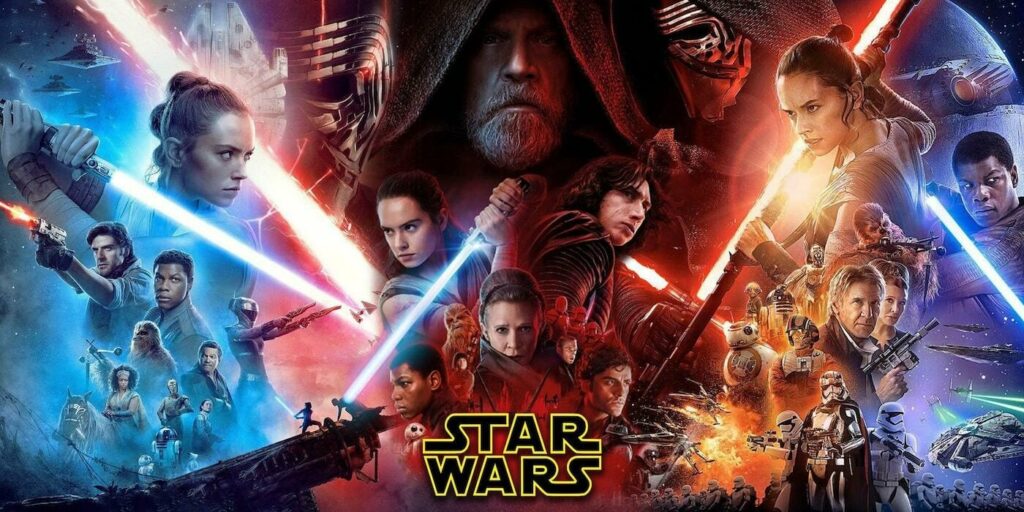
Disney’s Sequel Trilogy: A Reflection of the Original Trilogy
It’s no secret that Disney’s Sequel Trilogy was designed to mirror the themes and structure of the Original Trilogy. When The Force Awakens (2015) hit theaters, many fans felt a nostalgic glow as they watched the familiar story beats of A New Hope unfold: a desert-dwelling orphan discovers their connection to a mystical power, joins a ragtag band of rebels, and fights a massive planet-killing weapon. Sounds familiar, right? Disney’s strategy was clear: tap into the emotional wellspring of the Original Trilogy to reintroduce Star Wars to a new generation.
But this mirroring wasn’t just about plot points. The Sequel Trilogy, like the Original, was steeped in themes of hope, rebellion, and the fight against an oppressive regime. The First Order served as a direct successor to the Galactic Empire, while the Resistance, much like the Rebel Alliance, took on the role of scrappy underdogs. Disney made sure to weave in the essence of the Original Trilogy’s epic battle between good and evil, but with updated characters and a contemporary sheen.
The structural echoes of the Original Trilogy can also be seen in The Last Jedi (2017) and The Rise of Skywalker (2019). Just as The Empire Strikes Back introduced twists and deepened the mythology, The Last Jedi offered surprises (some would say shocks), like Luke’s disillusionment and Rey’s ambiguous parentage. And The Rise of Skywalker? It tried to wrap everything up with a climactic battle against Emperor Palpatine, much like Return of the Jedi closed out the original saga with the fall of the Empire and Darth Vader’s redemption.
While Disney’s films leaned heavily into these familiar structures, it wasn’t just about nostalgia. The Sequel Trilogy sought to engage with modern audiences, blending the old with the new in a way that felt both familiar and, at times, innovative.
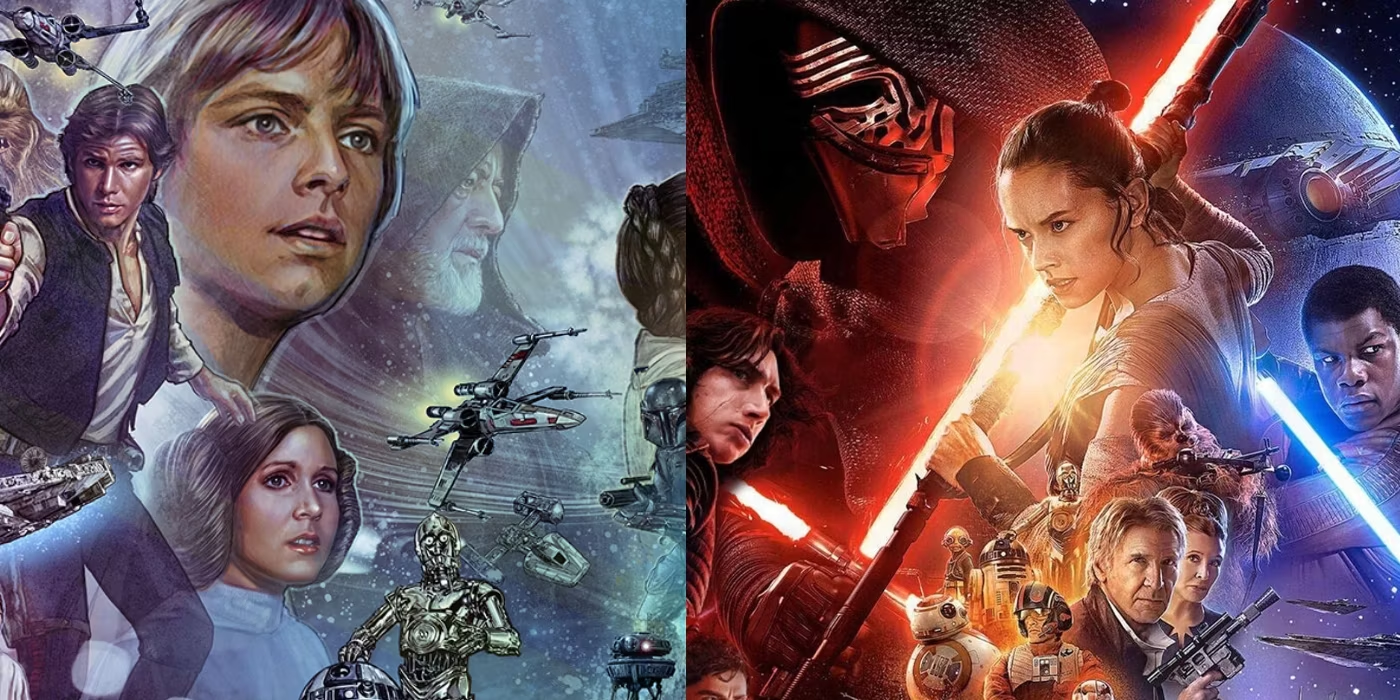
Differences in Tone, Pacing, and Special Effects
If there’s one area where the Disney films clearly differ from Lucas’s original Star Wars vision, it’s in tone and pacing. The Original Trilogy, while thrilling and action-packed, often took its time. Lucas allowed for slower moments of character development, whether it was Luke gazing at the twin suns of Tatooine or the conversations between Han Solo and Princess Leia aboard the Millennium Falcon. These moments gave the galaxy a sense of scope and grandeur, allowing the audience to feel immersed in the vastness of the universe.
In contrast, Disney’s Sequel Trilogy—and its standalone films like Rogue One (2016) and Solo (2018)—tends to move at a faster clip. Take The Force Awakens, for example. Right from the opening scenes, we’re thrown into a whirlwind of action: explosions, chases, lightsaber battles. It’s relentless, designed to keep modern audiences on the edge of their seats. Some might argue this makes the Disney films more exciting, while others feel it sacrifices the slower, more reflective moments that made Lucas’s movies so iconic.
The tone has also shifted. While the Original Trilogy had its share of humor—mainly courtesy of Han Solo’s sarcasm and the bickering between R2-D2 and C-3PO—the Disney films have leaned into a more contemporary style of comedy. Characters like Poe Dameron deliver quips and one-liners that feel more at home in a Marvel movie than a galaxy far, far away. This change in tone has been a mixed bag for fans, with some enjoying the humor and others feeling it undercuts the gravitas of the story.
Special effects, of course, have also seen a massive upgrade. Lucas’s Original Trilogy pioneered groundbreaking practical effects, while his Prequel Trilogy pushed the boundaries of CGI (though the over-reliance on digital effects in the Prequels has been a point of contention). Disney has continued to innovate, blending practical effects and CGI to create stunning visuals. The Force Awakens was praised for its use of real sets and practical effects alongside digital enhancements, offering the best of both worlds. If you compare the space battles in The Rise of Skywalker to those in A New Hope, the difference is like night and day. Disney’s films are visually spectacular, though some fans argue that the overuse of CGI in certain sequences can detract from the lived-in feel of Lucas’s earlier works.
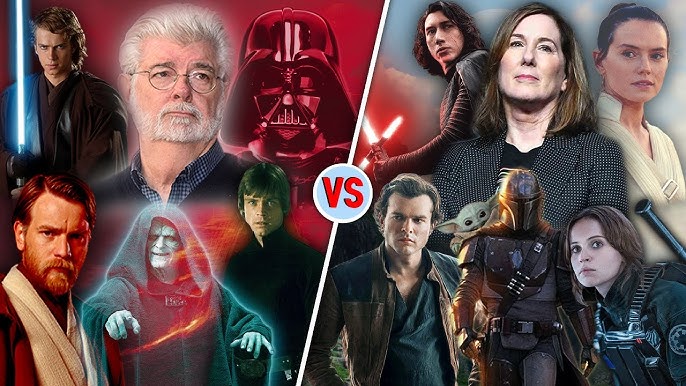
Fan Reception: Disney-era Films vs. Lucas-era Films
When it comes to fan reception, Disney’s Star Wars films have certainly sparked some strong opinions. The Original Trilogy is widely revered as a cinematic masterpiece. Even the Prequel Trilogy, which received mixed reviews upon its release (let’s not forget the backlash to Jar Jar Binks), has enjoyed a resurgence of affection among fans, many of whom appreciate its deep world-building and complex political themes.
The Disney-era films, however, have been far more divisive. The Force Awakens was generally well-received, with fans praising its return to form after the Prequels, but criticisms soon arose over its reliance on nostalgia and its similarities to A New Hope. Then came The Last Jedi, which split the fanbase like a lightsaber through butter. Some praised it for subverting expectations, challenging established characters, and offering a more introspective take on the Force. Others saw it as a betrayal of everything Star Wars stood for, especially in its portrayal of Luke Skywalker. The discourse surrounding The Last Jedi is, to this day, as heated as the battle between the Resistance and the First Order.
The Rise of Skywalker fared no better, with many fans feeling it tried too hard to please everyone, resulting in a convoluted narrative that left key questions unanswered and character arcs unresolved. The return of Emperor Palpatine was seen by some as a desperate attempt to recapture the magic of the Original Trilogy, while others welcomed the familiar villain with open arms.
In contrast, Disney’s standalone films, particularly Rogue One, have been better received. Rogue One was praised for its darker, grittier tone and for exploring a different side of the Star Wars universe—the sacrifices made by ordinary people in the fight against the Empire. Solo, while not as successful at the box office, has gained a cult following for its fun, adventurous spirit and strong performances, particularly from Donald Glover as Lando Calrissian.
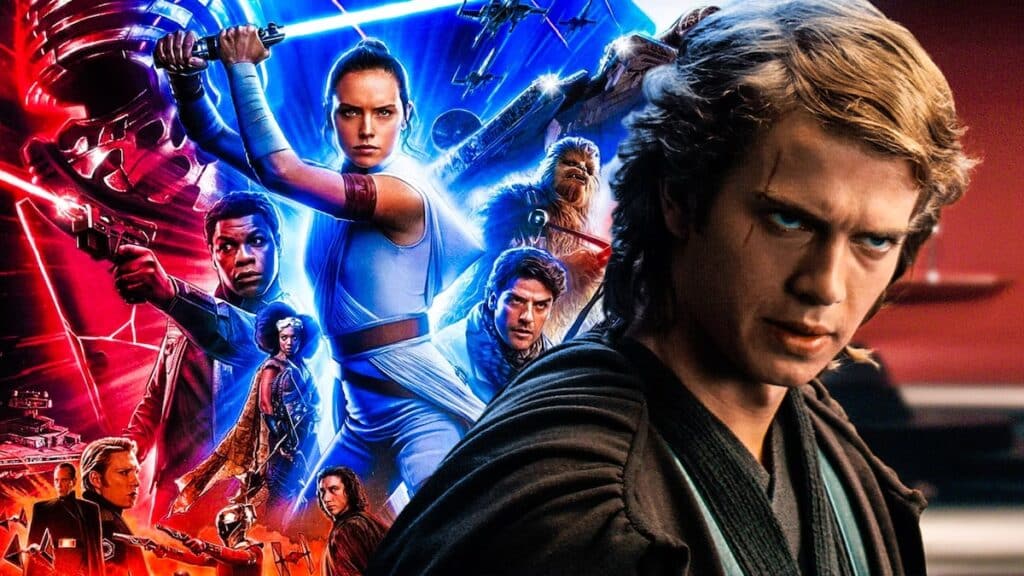
Legacy Characters vs. New Characters: Balancing Nostalgia with New Stories
One of the biggest challenges Disney faced was balancing the legacy characters from Lucas’s saga with the introduction of new ones. The Original Trilogy’s heroes—Luke Skywalker, Leia Organa, and Han Solo—are legends in the Star Wars universe, and their return in the Sequel Trilogy brought joy to longtime fans. But Disney also needed to introduce a new generation of characters to carry the story forward.
Rey, Finn, and Poe Dameron were designed to be the new faces of the Resistance, with Rey in particular taking center stage as the franchise’s new Jedi hero. While Rey has been embraced by many as a strong, compelling protagonist, her character arc has also faced criticism for being underdeveloped. Critics have labeled her a “Mary Sue,” a term used to describe a character who is seemingly perfect, with little struggle or growth. Finn, introduced as a stormtrooper-turned-hero, had great potential, but many fans felt his character was sidelined as the trilogy progressed. Poe, meanwhile, became more prominent in The Last Jedi, but some felt his arc lacked depth.
The legacy characters, meanwhile, were given mixed send-offs. Han Solo’s death in The Force Awakens was emotional and powerful, but some fans felt Luke Skywalker’s portrayal in The Last Jedi was too far removed from the hopeful, idealistic hero they remembered. Leia’s role was tragically cut short by the passing of Carrie Fisher, though Disney managed to incorporate her character into The Rise of Skywalker through previously unused footage.
Balancing nostalgia with new stories is no easy task, and Disney’s Sequel Trilogy walked a fine line between honoring the past and trying to move the saga forward. Some fans felt the legacy characters were disrespected, while others appreciated the passing of the torch to a new generation.

Conclusion: A Galaxy Divided
In comparing Disney’s Star Wars films to George Lucas’s Original and Prequel Trilogies, one thing is clear: they are different beasts, shaped by different eras of filmmaking and audience expectations. Disney’s Sequel Trilogy mirrors the Original Trilogy in many ways, but with a faster pace, modern humor, and a stronger reliance on nostalgia. The standalone films, particularly Rogue One, have expanded the universe in new and exciting directions, but the Sequel Trilogy has struggled to balance fan expectations with the desire to create something new.
Ultimately, whether you’re a fan of Disney’s Star Wars films or not, there’s no denying their impact on the franchise. They’ve introduced new characters, sparked new debates, and ensured that the Star Wars saga will continue to inspire and entertain for generations to come—whether you’re fighting for the Resistance, the Rebellion, or just your opinion in a Twitter debate.


